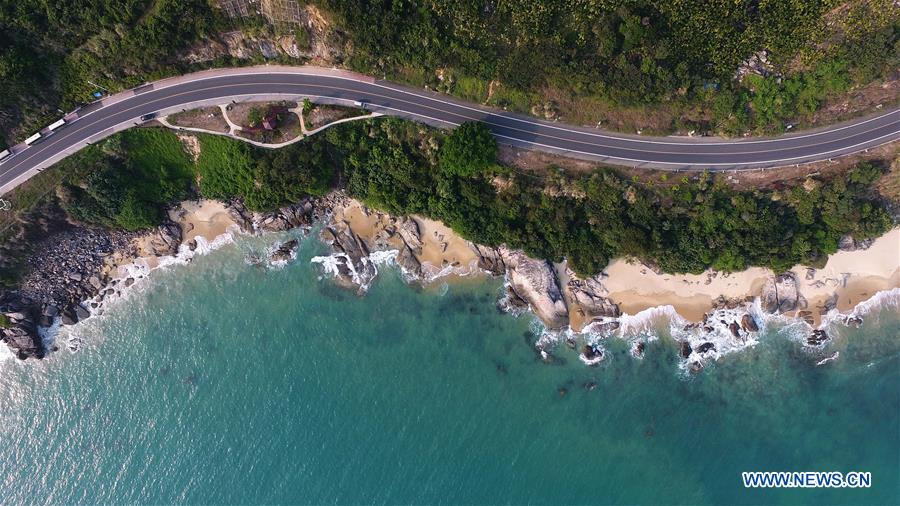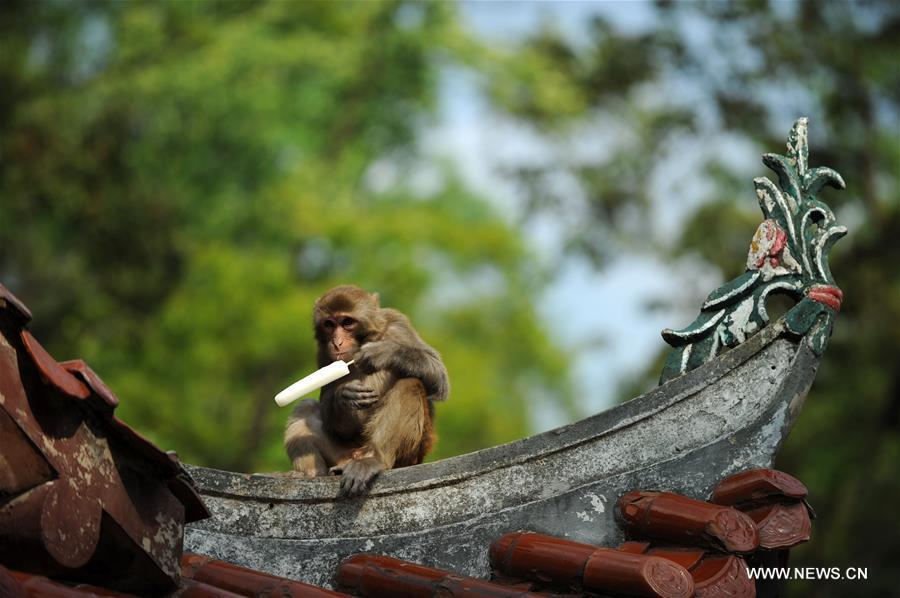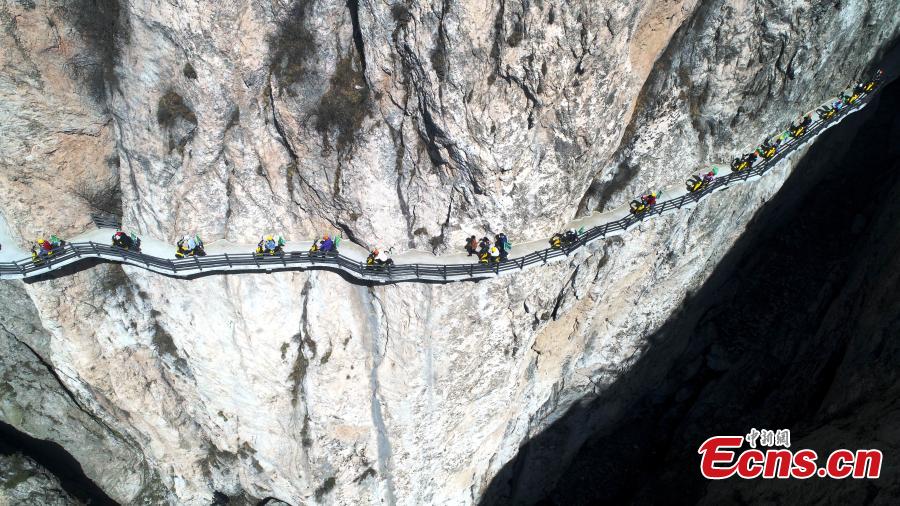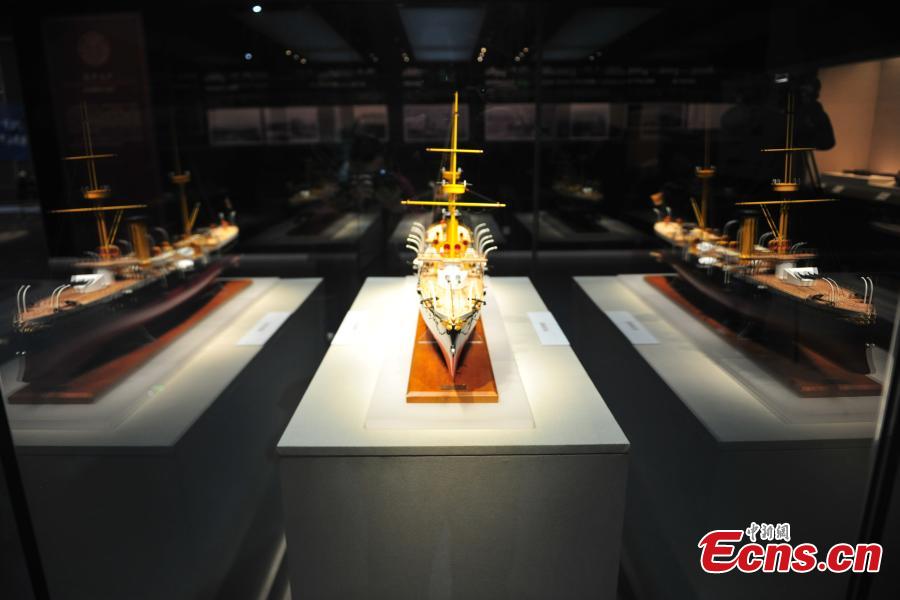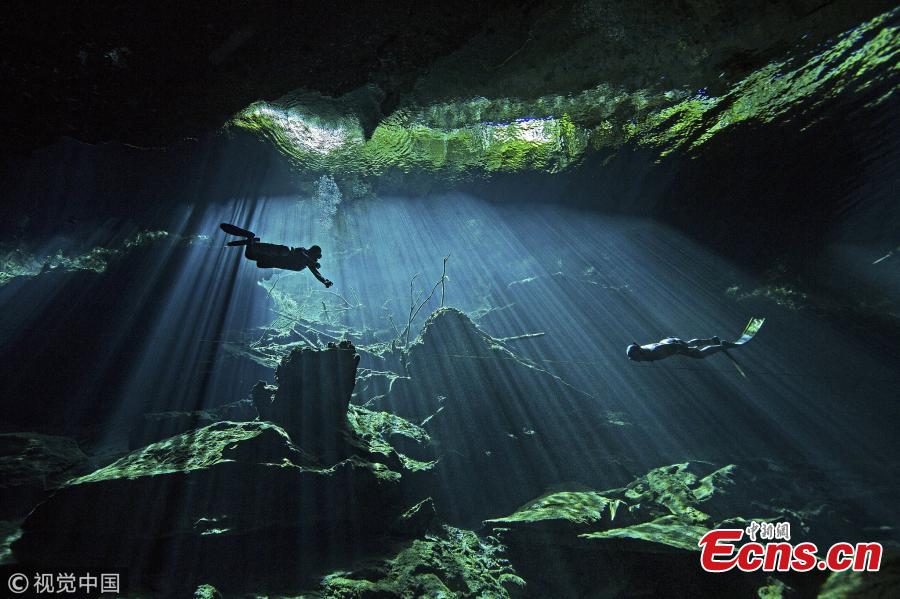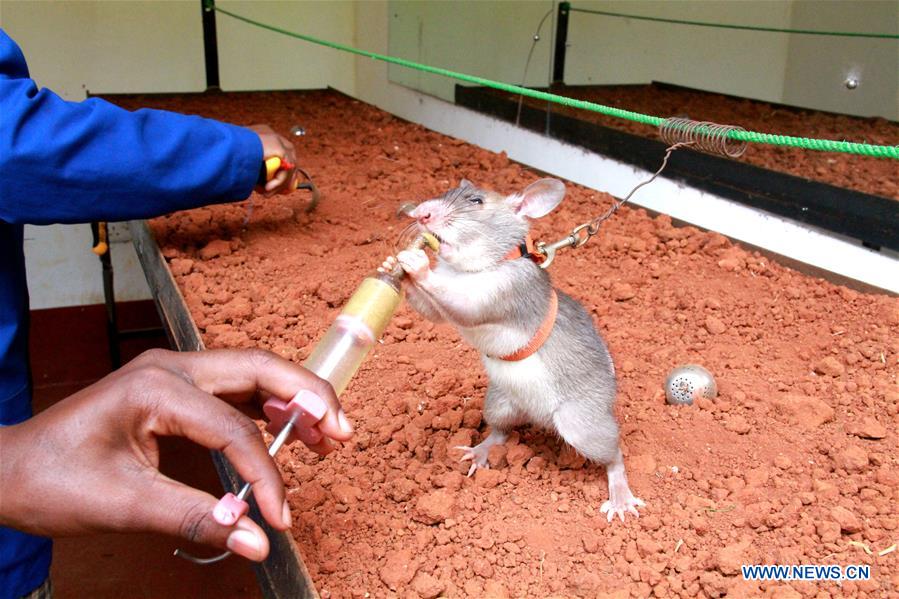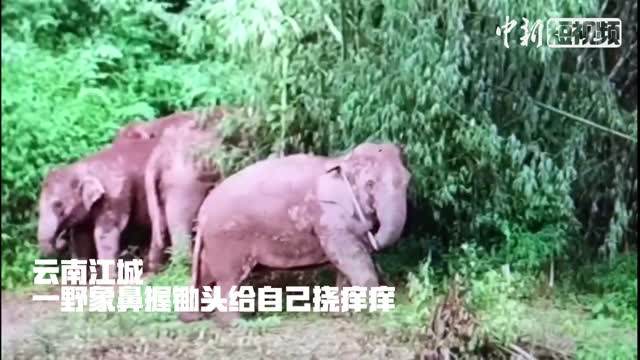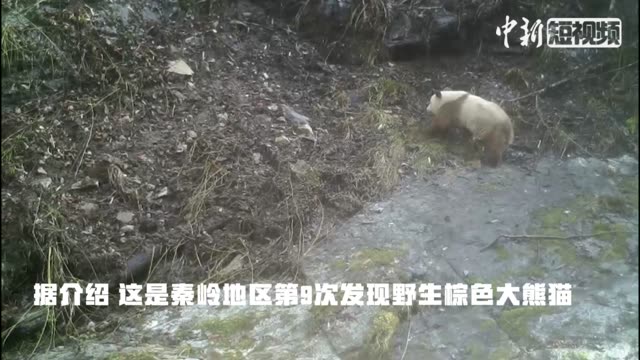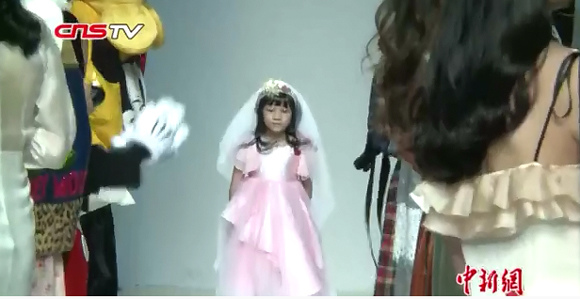
An ongoing exhibition at the National Museum of China features a selection of reproductions of Dunhuang murals by the late Zhang Daqian, the maestro of traditional Chinese ink-brush painting. Zhang lived in Dunhuang for nearly three years in the early 1940s, copying murals at the Mogao and Yulin grottoes.
An artist with a genius for reproduction spent years capturing Dunhuang's cultural legacy. His work is now on display in Beijing.
When Chang Shuhong arrived in Dunhuang in 1943 to prepare for the establishment of the Dunhuang Research Academy, he was welcomed by Zhang Daqian (1899-1983), the maestro of traditional Chinese ink-brush painting.
Zhang had already been living in Dunhuang for nearly three years, copying murals at the Mogao and Yulin grottoes. The remote, desert-bound area in northwestern China's Gansu province was then a little-known treasure trove of Buddhist art, with several hundred caves housing a vast number of imposing murals and colored statues produced between the fourth and 14th centuries.
Chang's daughter, Chang Shana, who is now 86 and a prominent graphic designer, moved to Dunhuang with her father and lived with him there for six years. She says Zhang handed her father a roughly drawn map just before his departure.
"Zhang mapped out the paths to the woods around Dunhuang, and marked the spots where we could pick edible mushrooms, when they might be available and how many we might find growing there," Chang Shana says. "Zhang wrote on the map that mushrooms were one of the very few delicacies we would be able to find in Dunhuang due to the severe natural conditions."
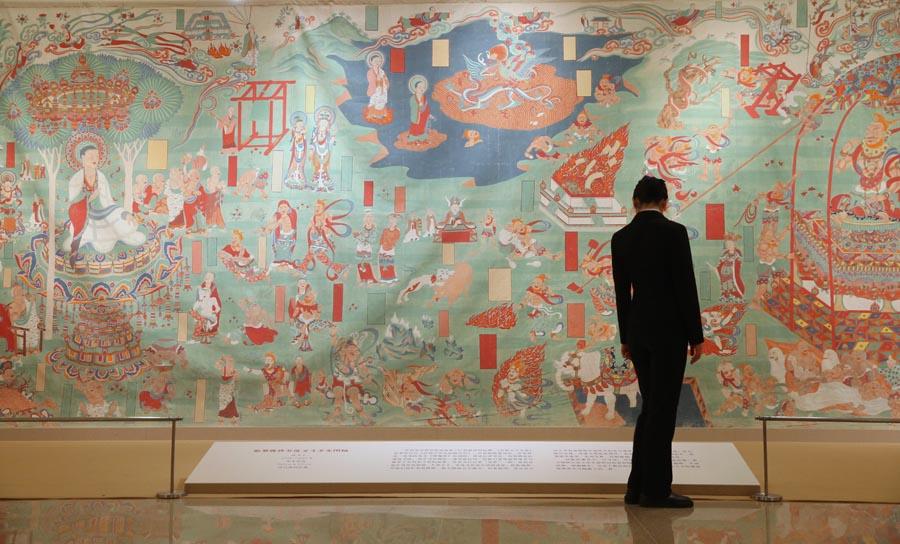
Knowing of Chang Shuhong's decision to stay and work on the preservation of Dunhuang, Zhang told Chang what awaited would be like "serving a life sentence", but he encouraged him to persist and fulfill his duty nonetheless.
She says Zhang also left Chang Shuhong reams of documents recording his studies of cave art over the previous three years, which the Dunhuang Research Academy later based its research data on.
In the following years, Zhang exhibited 276 of his mural reproductions in Gansu's provincial capital Lanzhou, Xi'an in Shaanxi province, and his home province of Sichuan, as well as internationally in cities such as Tokyo and Paris.
These exhibitions proved a great success and helped to boost Zhang's fame and popularity. The audience were astounded by the mystery and brilliance of Dunhuang art, just as Zhang was when he first entered the caves in the spring of 1941.
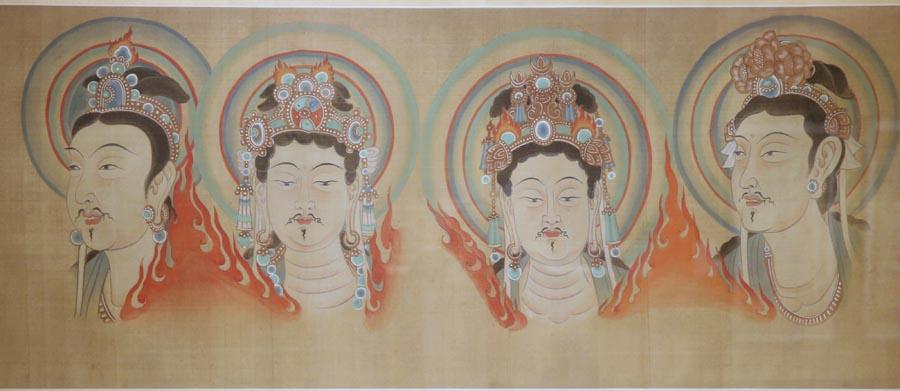
When Zhang left the Chinese mainland in 1949, he brought many of the reproductions with him. As he traveled around the world, moving from one city to another before his death in 1983, these works found their way into the hands of private collectors and many public museums.
The remainder kept by his family later entered the collection of Sichuan Museum in Chengdu. A selection of these reproductions are currently on display at a major exhibition about Zhang's art at the National Museum of China.
This will be the first chance for Beijing audiences to gain a comprehensive overview of Zhang's reproduction oeuvre, which cover almost every subject seen in Dunhuang's murals. And through his eyes, it's easy to become immersed in the enduring charm of Dunhuang's cultural legacy.
Also on show in Beijing are many of Zhang's landscapes and figure paintings, and his collections of paintings ranging from works by ancient painters to contemporary artists.
Zhang had originally planned to stay in Dunhuang for three months. He came up with the idea in the 1930s when he heard friends in Chengdu talk about the murals at the Dunhuang grottoes.

Zhang invested a lot of time studying works of preceding painters, especially those during the Song (960-1279), Yuan (1271-1368) and Ming (1368-1644) dynasties. His genius for copying paintings by the old masters is widely acknowledged, and the quality of his reproductions successfully fooled classical painting experts of his time, and continue to do so today.
A number of murals in Dunhuang were painted by the great masters of the Tang Dynasty (618-907), a peak era for Chinese art and Buddhism. This ignited an intense interest in Zhang who hoped to learn the classical methods of painting from these masters.
It took Zhang more than a month to travel from Chengdu to Dunhuang. He was accompanied by family members, helpers and student painters who took with them tons of supplies. They had to overcome transportation difficulties-their carts often broke down and they were forced to ride on camels for much of the trip-and they had to cross regions that were infested with bandits.
The fear and exhaustion were soon replaced by a sense of astonishment that overwhelmed Zhang and his group when they saw the murals illuminated with the lamps they had brought. He realized he would have to extend his trip and ended up staying two years and seven months.
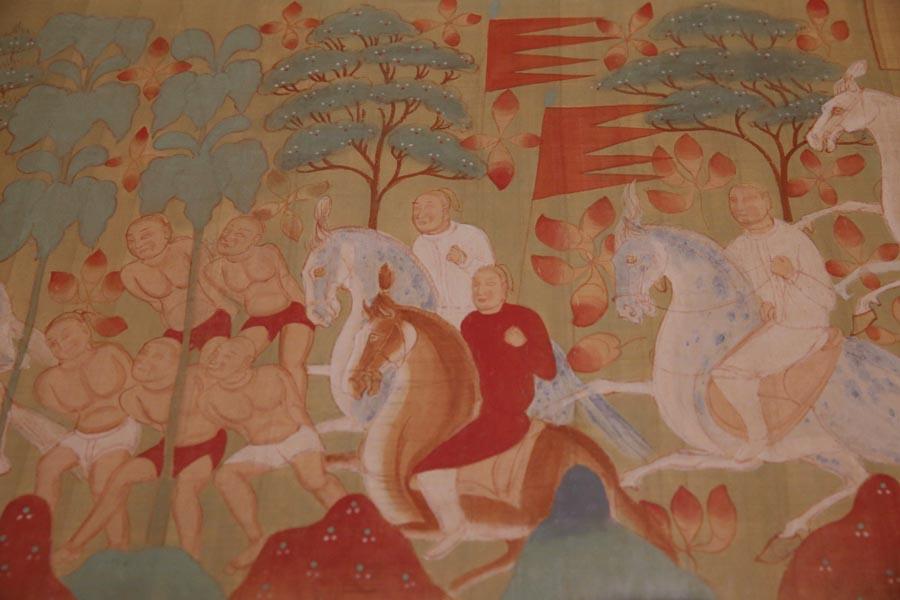
Zhang worked with his two sons and his students to number the caves and begin to reproduce the murals. He also hired five lama thangka painters from the Ta'er Monastery in Qinghai province, who helped prepare special painting materials and mineral pigments, so that the recreations would retain as much of the glory of the originals as possible.
Chang Shana says Zhang asked his team to strictly follow the outlines of the patterns and figures, while he concentrated on trying to restore faded or oxidized colors, such as dark brown areas that needed to be returned to their original red pigment.
After copying murals from the caves in the Mogao Caves, they turned their attentions to recreating murals in Yulin located in an even more remote area, seizing every minute before they ran out of the supplies.
Zhang and his team often worked in the caves for 14 hours a day. At night they had to work holding a candle in one hand while they painted with the other.
Their sleeping quarters were often invaded by scorpions and they woke to the howls of wolves outside on occasion.
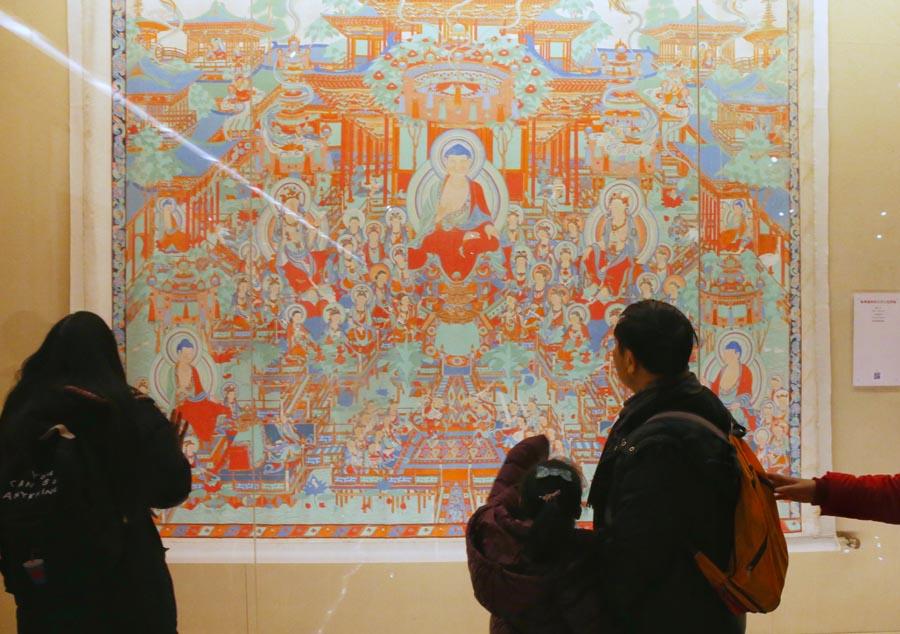
When these reproductions were finally put on display, the combination of their smooth outlines and rich palette, predominated by large areas of red and green, were hailed as a revival of the majestic splendor of Tang-era art.
His work on the Dunhuang murals had a profound influence on Zhang's other paintings, which most notably saw him use the motif of court ladies as a key recurring theme in his work.
Before Zhang visited Dunhuang, he inherited the continued approach of the Ming and Qing dynasties that highlighted a woman's slender body curves and frail gestures. But in the grottoes, he was arrested by the healthy and vigorous beauty of the female Buddhist believers and fairies depicted in the murals.
Zhang embraced the style: The court ladies under his brush no longer looked sickly but instead took on a demeanor of grace and dignity.
These developments are easy to spot at the ongoing exhibition when comparing Zhang's figure painting works from before the time of the Dunhuang reproductions with the works he created after.
The reproductions brought about a noticeable improvement in the appreciation and saleability of Zhang's art. And this influence is still apparent today, most often manifested in soaring auction prices for his works.
One of Zhang's Dunhuang reproductions which depicts a reclining Guanyin bodhisattva (Goddess of Mercy) and has pigments containing gold powder sold for 101 million yuan ($16 million) at a Beijing auction in December.
The painting was sold by a Chinese-American art collector and the ongoing national museum exhibition shows a reproduction of a similar composition.
Wei Xuefeng, a researcher at the Sichuan Museum, says the painting is a representative piece in Zhang's outputs depicting Guanyin. "It was heavily colored and drawn on traditional linen cloth of fine quality.
"The five lamas shared their vast experience of thangka painting with Zhang, such as the techniques to make vivid, long-lasting pigments. Therefore, the reproductions recreate the refined texture of the murals, and the colors still appear well-preserved to audiences today."
If you go
9 am-5 pm, closed on Mondays, through March 4. 16 East
Chang'an Avenue, Dongcheng district, Beijing. 010-6511-6400.







